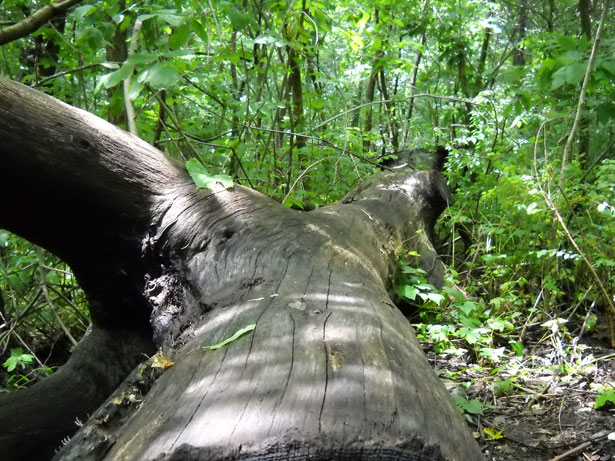A common misconception amongst those who love a good fire during the winter months is that the firewood being burnt is a better option than burning coal for heat and that the timber used is a good use of timber that has died an no longer serves any purpose. I'm not going to argue the whole coal/energy debate but understanding the role a tree plays in forest ecology after its death is vital in understanding and assessing forest health.
A living growing tree in the forest is in just the first stage of its life and is providing just the first round of benefits it provides to the forest. Once a tree dies its role takes on new forms. The first is as a home for mammals, birds and reptiles. The benefits are obvious as it houses species that we are familar with.
The second stage occurs as the tree falls to the ground and begins to decay. This is where an unseen level of species diversity really begins. The tree now becomes host to microbes and fungi which can have protective effects on surrounding living trees.
I once heard a land owner say that when he cuts firewood from fallen trees he takes half and leaves the other half for the forest. Advocates of fire for heating should note that not all timber is collected in this way, in fact so high is the demand for quality firewood in cities that some operators will fell trees specifically for allowing to dry and using as firewood.
Most hardwood firewood used in a standard Aussie home would come from trees that range from 30 years to 100 years old with some much older than that.
